Tips for conquering the cover letter
The value of a cover letter is an ongoing debate. Even when job descriptions ask for one, there’s no guarantee it will be read. But when they are, a well-written cover letter can help you stand out from the pack and increase your chances of securing an interview.
A cover letter allows you to introduce your background and interest in the role, plus demonstrate that you understand the job requirements and how your skills and experience match. But it isn’t a one-size-fits-all note. Instead, it should be tailored to each individual position you’re applying for. Follow our tips for how to write a cover letter that will give you an edge in the application process.
How to write a great cover letter
There’s no standard template for writing a cover letter, but we recommend keeping it to a few short paragraphs (and definitely no longer than a page). Don’t go into detail about every job you have – that’s what the interview is for. Instead, offer a high-level summary of your experiences and interest in the role.
Your letter should be addressed to the hiring manager for the role. This person is usually listed on the job ad but, if not, a little detective work can help. Check out LinkedIn and search for the head of the department you’re applying for or the talent manager. Even a quick call to the office’s general line can help you identify who your letter should be addressed to. If all your sleuthing still hasn’t turned up a name, best to address it to ‘the Hiring Manager’ instead of the old-fashioned ‘sir’ or ‘madam’.
Next, let’s explore how to start a cover letter and what to include.
Paragraph 1: State your purpose
State the role you’re applying for and explain why you’re interested in both the position and the company at large. Be sure not to focus on what the company can do for you, but rather what you bring to the table. If a contact at the company referred you to apply, include that person’s name here.
Paragraph 2: Summarise your background
Here’s where you can delve into your work history and education. Keep this section brief – remember, they have your professional CV as well.
Paragraph 3: Sell your skills
Here’s your time to shine. Note your education and the skills you’ve developed throughout your professional career, and how they’ve prepared you for the role you’re applying for. Don’t include achievements that, while impressive, have no relation to the position at hand. Whenever possible, show, don’t tell – use tangible results, numbers and specific outcomes rather than vague generalisations to describe your experiences and the impact you’ve made.
Paragraph 4: Wind it down
If you’re attaching work samples to your letter, detail this here, so the person understands what they’re receiving. Remember, this is your first chance to speak directly to the employer, and it’s easy to tell if you’re sending a mass cover letter. Use this valuable opportunity to tailor your letter and showcase your strengths for the role.





